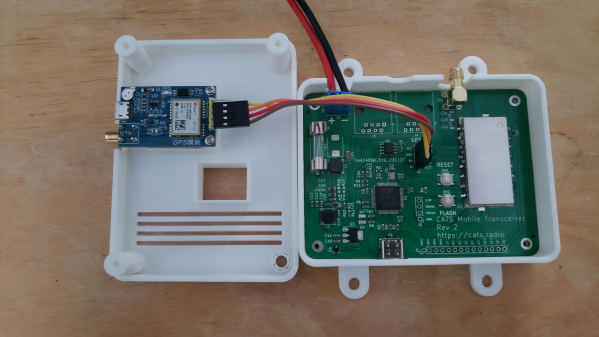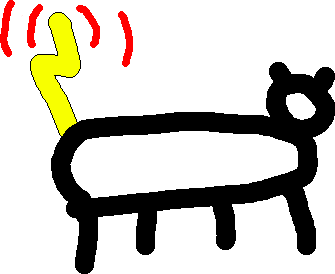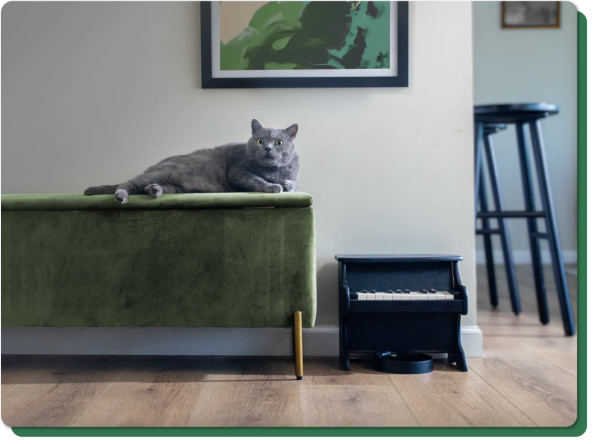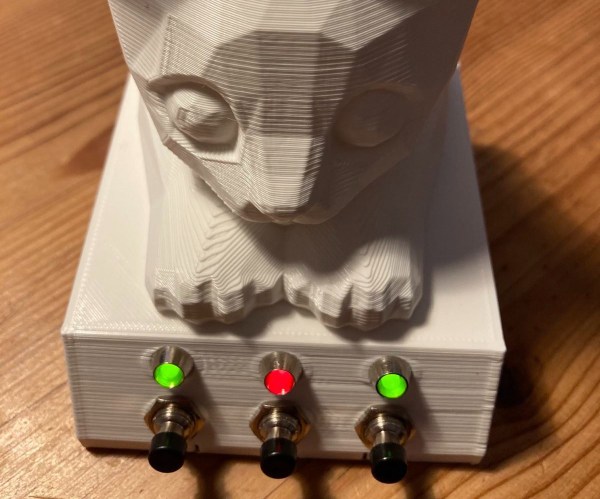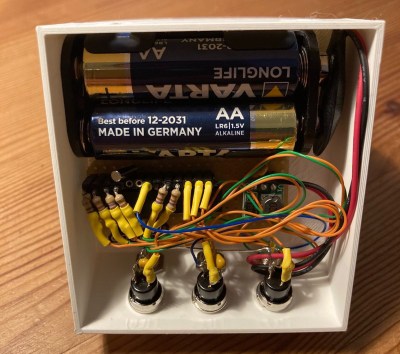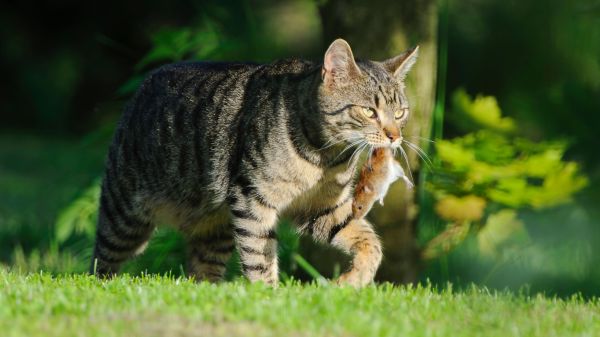Recently, butlers to orange-colored cats got a bit of a shock when reading the news, as headlines began to call out their fuzzy feline friends as ‘freaks of nature’ and using similarly uncouth terms. Despite the name-calling, the actual reason for this flurry of feline fascination was more benign — with two teams of scientists independently figuring out the reason why some cats have fur that is orange. Tracking down the reason for this turned out to be far more complicated than assumed, with the fact that about 80% of orange cats are male being only the tip of the cat-shaped iceberg.
It was known to be an X chromosome-linked mutation, but rather than the fur coloring being affected directly, instead the mechanism was deduced to be a suppression of the black-brownish pigmentation (eumelanin) in favor of the orange coloration (pheomelanin). Finding the exact locus of the responsible ‘O gene’ (for orange) in the cat genome has been the challenge for years, which turned out to be a mutation related to the X-linked ARHGAP36 gene, whose altered expression results in the suppression of many melanogenesis genes.
Interestingly, this particular mutation appears to be of a singular origin that apparently persisted over millennia courtesy of the domestication of humans (H. sapiens) by Felis catus.
Continue reading “Feline Genetics And Why Orange Cats Are The Most Special”





